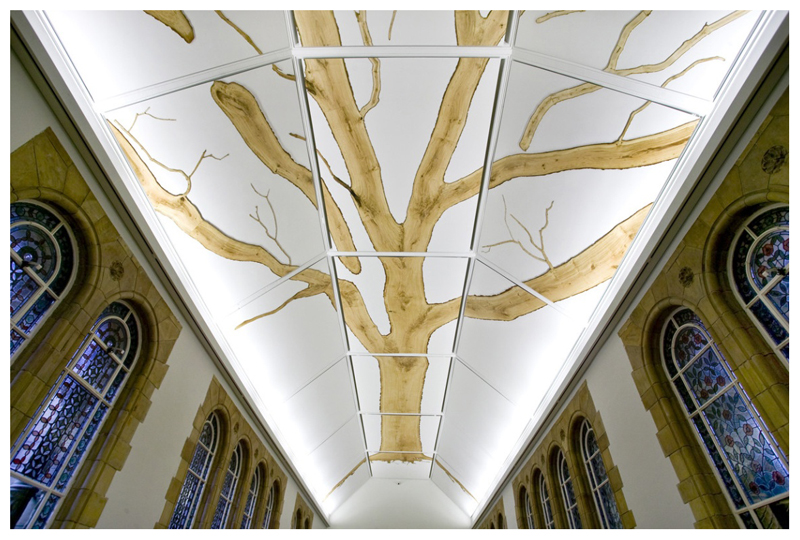Figure 2. Oak tree artwork as symbol of robustness of ideas (Bloomfield, 2012).
An illustrative symbolic oak representation linking art and science was the choice for a longitudinal oak tree section as artwork for the ceiling of the Natural History Museum of London in 2009. The artwork was planned to celebrate the 200th anniversary of Darwin. A panel of art experts, museum experts and scientist selected the oak project from 10 proposals made by different artists. The work TREE proposed by artist Tania Kovats was chosen by unanimous decision. Her proposal was to embed in the ceiling a longitudinal 3 to 5 mm thick section of a 200 year old entire oak tree, from the ground to the canopy). The tree was 21 metres high and came from a managed forest of Longleat Estate in Wiltshire. The art work was meant as a replicate of the iconic drawing of the “Tree of life” by Darwin, which echoes in this contribution the “Tree of life” revered by early human populations (Andersson, 2007). As described by R.M. Bloomfield (2012) “Rendered in stalwart English oak, the artwork is a metaphor of the endurance of Darwin’s ideas, as well as Darwin’s own bravery and commitment to them”.
Photo credit: https://mikesmithstudio.com/projects/tree-natural-history-museum/

